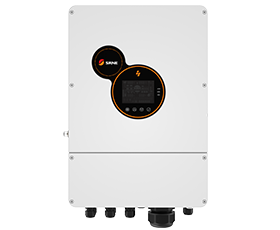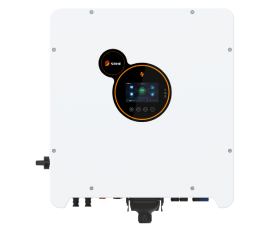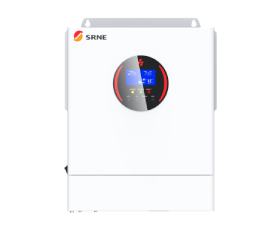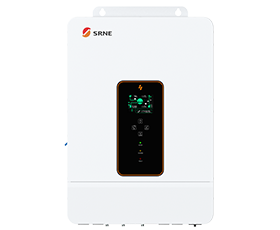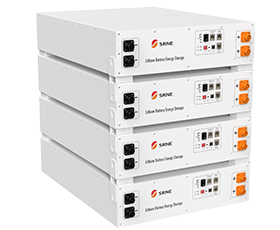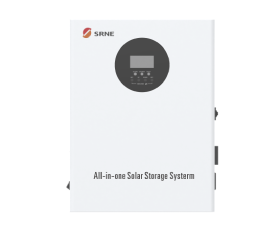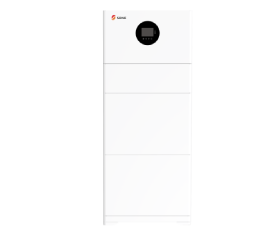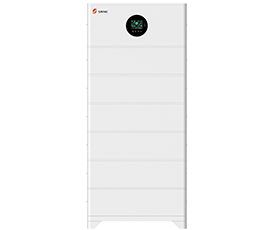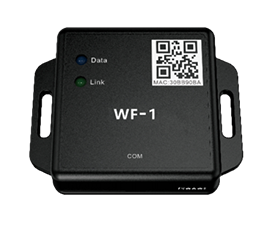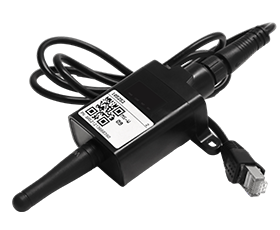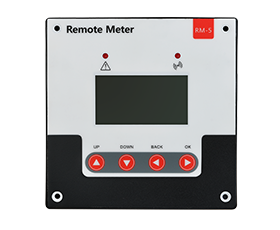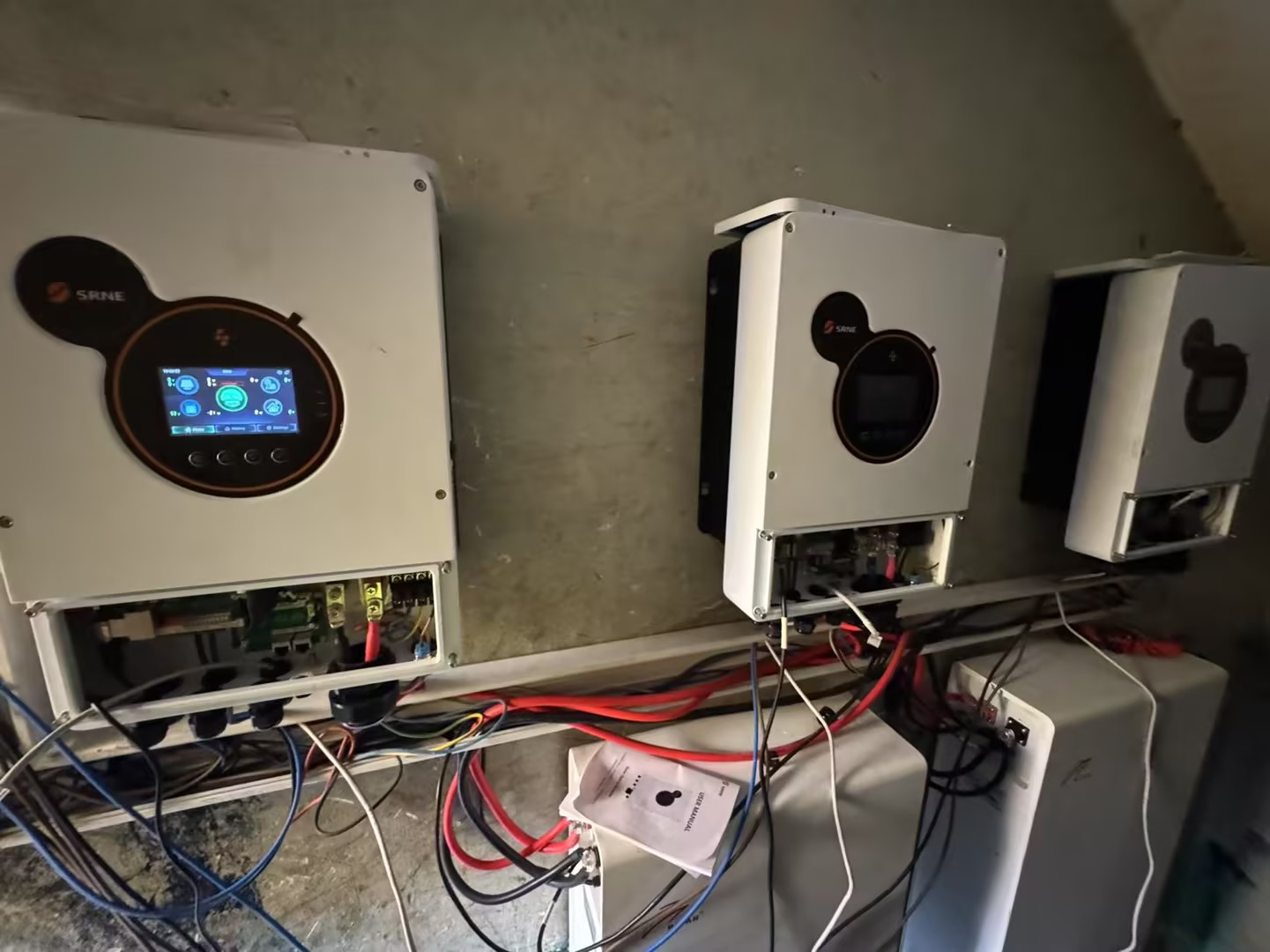What is photovoltaic glass
Photovoltaic glass for buildings has been around for many years. This integration of photovoltaic systems into buildings is one of the best ways to exploit effectively solar energy and to realize the distributed generation inside urban and suburban environmental. However, this technology is yet to become widely known and used. This article will shed light on this innovative solution for sustainable buildings.

What is photovoltaic glass?
Photovoltaic (PV) glass is a glass that utilizes solar cells to convert solar energy into electricity. It is installed within roofs or facade areas of buildings to produce power for an entire building. In these glasses, solar cells are fixed between two glass panes, which have special filling of resin. These resins securely wrap solar cells from all sides. Each cell is connected with two electrical connections and is attached to other cells to form a module.
The main difference between photovoltaic glass technologies and traditional solar photovoltaics (PV) is that the newer panels are built into the structure rather than being added on top, which provides an incentive for users concerned about balancing aesthetics and functionality.
With an industry-wide calling for sustainable infrastructure, photovoltaic glass can definitely be a game-changer. In fact, the carbon footprint associated with manufacturing photovoltaic has halved in the past decade. Performance improvements, raw material savings and process improvements are the main causes of the reduction in emissions. The most widely-used type of photovoltaic cells is the crystalline PV, which has a typical efficiency of around 13-15%.
The Advantages of Photovoltaic Glass
Solar energy is a locally available renewable resource. It does not need to be imported from other regions of the country or across the world. This reduces the environmental impacts associated with transportation and also reduces our dependence on imported oil. And, unlike fuels that are mined and harvested, when we use solar energy to produce the electricity we do not deplete or alter the resource.
A PV system can be constructed to any size based on energy requirements. Furthermore, the owner of a PV system can enlarge or move it if his or her energy needs change. For instance, homeowners can add modules every few years as their energy usage and financial resources grow. Ranchers can use mobile trailer-mounted pumping systems to water cattle as the cattle are rotated to different fields.
The Industry Development
As a result of the COVID-19 outbreak, the global PV glass industry has witnessed a downward trend in the short term because of the overall slowdown in the construction sector, supply chain problems and delays in solar glass projects, and import-export restrictions in the first half of 2020. It has invariably hampered the growth of the global solar PV glass industry.
The industry has come back to normal in the second half of 2020 owing to increasing government policy support and solar energy investments as part of the recovery plan of several nations. The latest advancement and growing sustainability awareness have bolstered support for the future development of solar technology and have increased the importance of solar power in the energy mix of different countries.
With solar installations increasing around the world and the rising popularity of the green buildings concept, the market demand for solar glass is unlikely to fade away soon, especially if backed by government initiatives and incentives.




















